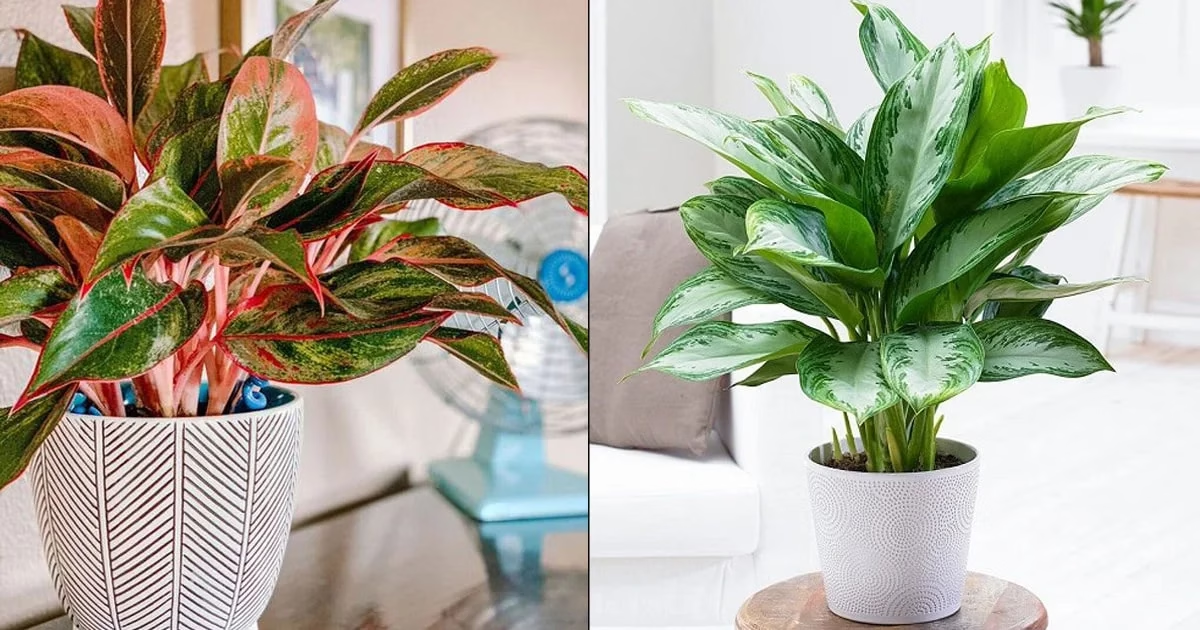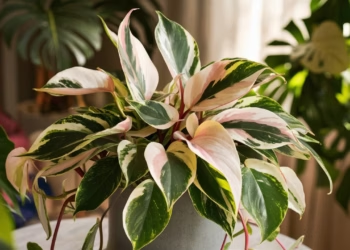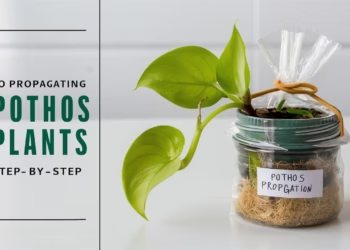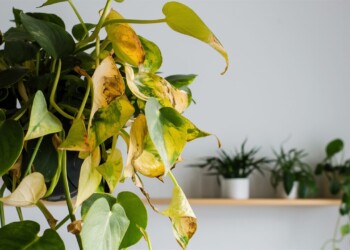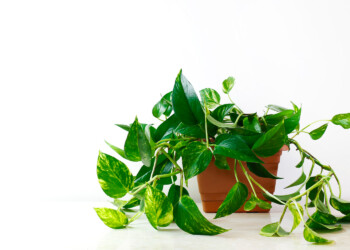Are you ready to embark on a green journey indoors? Welcome to the ultimate guide on Chinese Evergreen care! Whether you’re a seasoned plant parent or a newbie, this article is your go-to resource for nurturing this beautiful foliage indoors. Get ready to dive into the world of Chinese Evergreen care indoor instructions and unlock the secrets to keeping your plant happy and thriving!
Understanding Chinese Evergreen: A Brief Overview
Before we delve into the care instructions, let’s get to know our star plant a little better. Chinese Evergreen, scientifically known as Aglaonema, is a popular choice for indoor spaces due to its stunning foliage and low-maintenance nature. Originating from the tropical regions of Southeast Asia, these plants have adapted well to indoor environments, making them ideal companions for your home or office.
Why Choose Chinese Evergreen?
- Adaptable to low light conditions
- Air-purifying properties
- Varied leaf patterns and colors
- Low maintenance requirements

Now that we’ve acquainted ourselves with this green gem, let’s move on to the nitty-gritty of Chinese Evergreen care indoor instructions!
Chinese Evergreen Care Indoor Instructions
1. Choosing the Right Location
Where you place your Chinese Evergreen indoors can significantly impact its health and growth. Follow these tips to select the perfect spot:
- Opt for indirect sunlight: Chinese Evergreens thrive in low to moderate light conditions. Avoid placing them in direct sunlight, as it can scorch their leaves.
- Find a draft-free area: Position your plant away from air vents or drafty windows to prevent stress and leaf damage.
- Maintain consistent temperature: Aim for temperatures between 65°F to 80°F (18°C to 27°C) for optimal growth.
- Given its affinity for humidity, consider locating your Chinese evergreen in areas of higher moisture content, such as bathrooms. However, be mindful of its toxicity to pets and humans if ingested, necessitating strategic placement beyond the reach of curious toddlers or pets.
2. Watering Like a Pro
Proper watering is crucial for the health of your Chinese Evergreen. Follow these watering tips to keep your plant hydrated and happy:
- Check soil moisture: Before watering, ensure the top inch of soil is dry to the touch. Overwatering can lead to root rot, so it’s essential to let the soil dry out between waterings.
- Use room temperature water: Cold water can shock the plant, while hot water can damage the roots. Stick to room temperature water for best results.
- Adjust watering frequency: During the growing season (spring and summer), water more frequently, allowing the soil to dry slightly between waterings. In the winter months, reduce watering to prevent waterlogged soil.
3. Soil and Potting Requirements
Choosing the right soil and pot is essential for the well-being of your Chinese Evergreen. Follow these guidelines:
- Use well-draining soil: Opt for a peat-based potting mix that retains moisture without becoming waterlogged. Adding perlite or sand can improve drainage.
- Select a suitable pot: Choose a pot with drainage holes to prevent water from pooling at the bottom. Repot your Chinese Evergreen every 1-2 years to refresh the soil and provide room for growth.
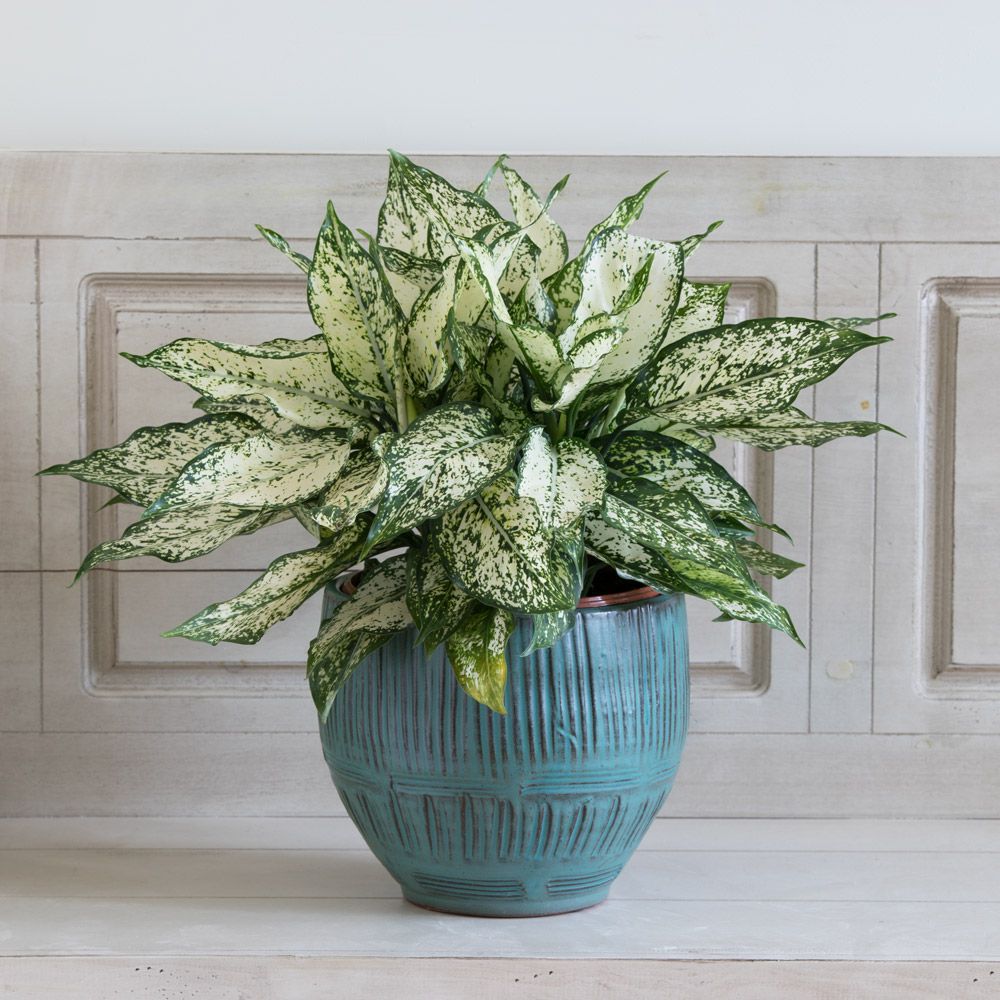
4. Planting Methodology
When planting or repotting Chinese evergreen, prioritize safety by wearing gloves due to its mildly to moderately toxic nature. Maintain consistent planting depth, ensuring the leaf stems protrude from the compost surface. Select pots with adequate drainage, allowing excess water to escape and prevent waterlogging, which can jeopardize plant health.
5. Fertilizing for Growth
Give your Chinese Evergreen a nutritional boost with regular fertilization. Follow these fertilizing tips:
- Use a balanced fertilizer: Choose a water-soluble fertilizer with equal parts nitrogen, phosphorus, and potassium (e.g., 10-10-10) for balanced growth.
- Dilute fertilizer: During the growing season, fertilize your plant every 4-6 weeks. Dilute the fertilizer to half strength to prevent fertilizer burn.
6. Pruning and Propagation Techniques
As your Chinese evergreen matures, periodic pruning becomes essential to maintain compactness and vitality. Trim elongated stems above leaf nodes to stimulate bushier growth. Additionally, propagate your plant through basal shoot division or stem cuttings, ensuring the perpetuation of its beauty and resilience.
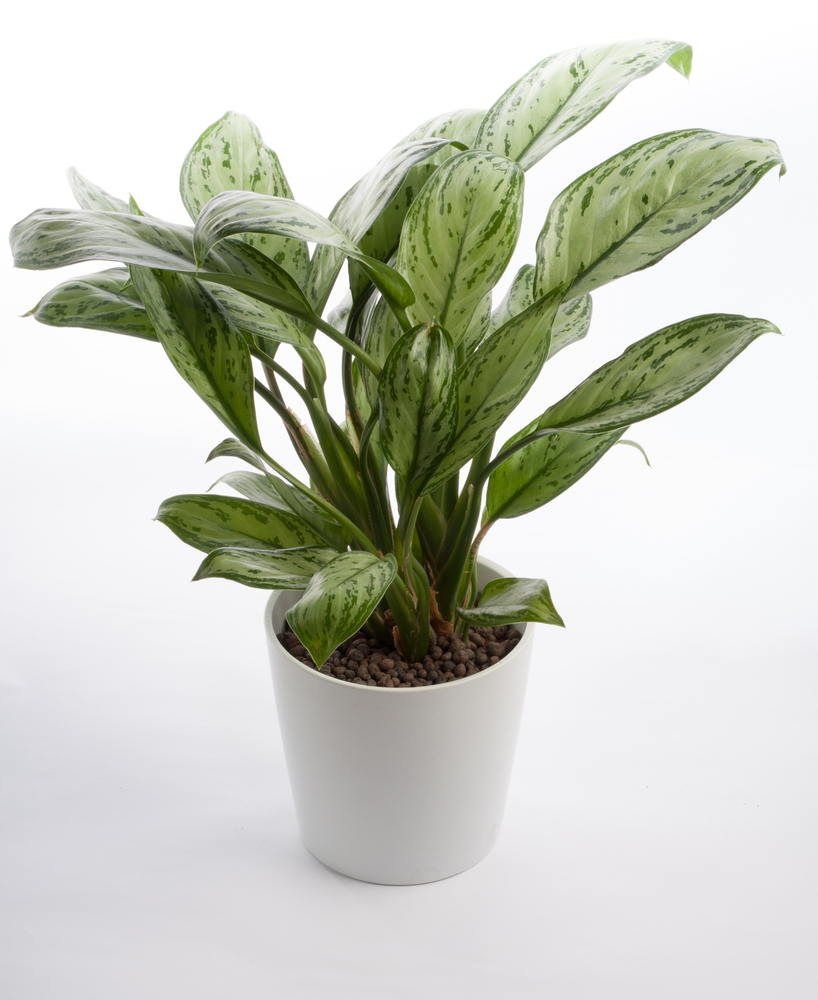
Addressing Pest and Disease Concerns
Vigilance against common pests such as aphids, mealybugs, and whiteflies is paramount, supplemented by proactive removal at the earliest signs. Maintain awareness of potential issues such as overwatering, underwatering, or root rot, adjusting care practices accordingly to preserve the health and vibrancy of your Chinese evergreen.

Congratulations! You’ve mastered the art of Chinese Evergreen care indoor instructions. With the knowledge gained from this guide, you’re well-equipped to provide the best care for your plant and watch it thrive in your indoor oasis. Remember to observe your plant’s needs, adjust care routines as necessary, and enjoy the beauty and benefits of having a Chinese Evergreen in your home. Happy planting!
FAQs
Do Chinese evergreens need sunlight?
Chinese evergreens prefer low to bright indirect sunlight. They can tolerate low-light conditions but may not thrive in intense direct sunlight, which can cause leaf burn .
How often do I water a Chinese Evergreen?
Water your Chinese Evergreen when the top inch of soil feels dry to the touch. Ensure thorough watering, allowing excess water to drain out of the pot to prevent root rot.
What does an overwatered Chinese Evergreen look like?
An overwatered Chinese Evergreen may exhibit symptoms such as yellowing leaves, premature leaf drop, and wilting. Too much water can lead to root rot and other moisture-related issues.
Can I put my Chinese Evergreen outside?
Chinese Evergreens are typically grown as indoor plants and may not tolerate outdoor conditions well. They prefer stable indoor temperatures and protection from harsh sunlight and weather elements .
Do Chinese evergreens need lots of water?
Chinese evergreens do not require frequent watering. It’s crucial to allow the soil to dry out slightly between waterings to prevent overwatering, which can lead to root rot. They prefer consistently moist but not waterlogged soil.
How do I know when my Chinese Evergreen needs water?
You can tell when your Chinese Evergreen needs water by checking the soil moisture. Insert your finger into the soil up to the first knuckle; if it feels dry, it’s time to water. Additionally, if the leaves start to droop or curl, it may indicate the plant needs water.
